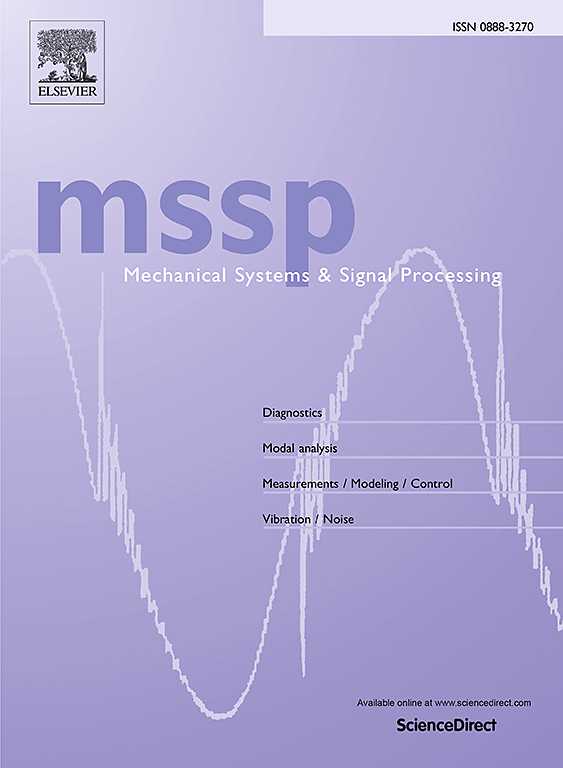3DWDC-Net: An improved 3DCNN with separable structure and global attention for weld internal defect classification based on phased array ultrasonic tomography images
IF 7.9
1区 工程技术
Q1 ENGINEERING, MECHANICAL
引用次数: 0
Abstract
Recent advances in intelligent classification for weld internal defect have yielded high identification accuracy under controlled laboratory conditions. However, industrial applications still predominantly rely on manual expertise. This discrepancy stems from the lack of consistency among same defect type and insufficient differentiation between distinct defect types in ultrasonic detection signals used as input for intelligent recognition networks. To address this challenge, we developed a robotic arm-assisted ultrasonic phased array automated detection platform, enabling the acquisition of defect tomography images. Furthermore, we proposed a novel internal defect type identification model for welds (3DWDC-Net) that meets both classification accuracy and efficiency requirements. 3DWDC-Net offers two significant contributions to the field. Firstly, ultrasonic tomography images were used for the first time to solve the problem of classifying internal defects in welds. This pioneering approach increase the possibility of applying intelligent classification methods to industrial on-site judgment of weld defect types. Secondly, in order to compensate for the accuracy loss resulting from the lightweight design, we propose a novel attention module. This module is meticulously designed with the characteristics of lightweight structures in mind and effectively collaborates with them, thereby enhancing the model’s recognition accuracy. Experimental results demonstrate that 3DWDC-Net achieves a recognition accuracy of 99.3%, surpassing state-of-the-art traditional classifier recognition methods, advanced deep learning approaches, and conventional 3D convolutional neural network techniques. Moreover, comparative studies indicate that 3DWDC-Net is particularly well-suited for industrial field detection, outperforming other cutting-edge intelligent identification methods.
求助全文
约1分钟内获得全文
求助全文
来源期刊

Mechanical Systems and Signal Processing
工程技术-工程:机械
CiteScore
14.80
自引率
13.10%
发文量
1183
审稿时长
5.4 months
期刊介绍:
Journal Name: Mechanical Systems and Signal Processing (MSSP)
Interdisciplinary Focus:
Mechanical, Aerospace, and Civil Engineering
Purpose:Reporting scientific advancements of the highest quality
Arising from new techniques in sensing, instrumentation, signal processing, modelling, and control of dynamic systems
 求助内容:
求助内容: 应助结果提醒方式:
应助结果提醒方式:


